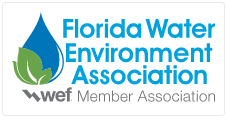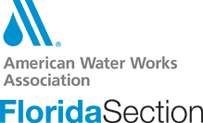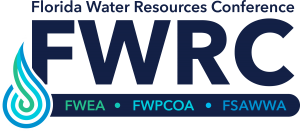PFAS Surrogate Study Nears Completion
Research into surrogate compounds that can be used as standards to evaluate the
effectiveness of activated carbon and ion exchange technologies in removing a
wide range of per- and polyfluoroalkyl substances (PFAS) from drinking water has
been funded by the Water Quality Research Foundation (WQRF). University of
British Columbia researchers will discuss their work in a July 23 webinar.
The results will inform better testing protocols for water filtration systems as
public water suppliers work to meet U.S. Environmental Protection Agency
regulations and consumers become more aware of these contaminants in
drinking water supplies.
Also known as “forever chemicals,” PFAS are manmade chemical compounds that
persist in the environment for long periods of time. For decades, PFAS chemicals
have been used in industry and consumer products, from nonstick cookware to
stain-resistant furniture. Consequently, PFAS have been detected in the
environment and ultimately in water supplies, with higher levels observed in
areas affected by industrial activities.
While drinking water continues to be a source for exposure to PFAS and municipal
water entities work to deal with the new drinking water regulation, there is
growing interest in point-of-use and point-of-entry technologies as a means of
remediating PFAS, both in small water systems and for individual homeowners.
In addition to identifying surrogate compounds to represent both regulated and
unregulated PFAS compounds that are present in water, this research has helped
to underscore the crucial role of PFAS characteristics, such as chain length and
functional group, in determining adsorption properties.
Dr. Madjid Mohseni and Dr. Ehsan Banayan Esfahani will participate in the
webinar and both have prior experience in PFAS research. Professor Mohseni is
scientific director of Community Circle, a nonprofit organization focusing on
achieving socioeconomically and technologically sustainable outcomes in water
health for indigenous and rural communities. Esfahani, a postdoctoral fellow,
completed his Ph.D. on novel treatment technologies for PFAS and is involved in
several PFAS treatment projects based on adsorption and destruction techniques,
as well as conducting field studies at PFAS-contaminated sites.
The surrogate study is not a new research concept for WQRF; a 1998 study
identified chloroform as a surrogate for 53 regulated organic chemicals that
helped to lay the groundwork in NSF/ANSI standards for carbon filter
manufacturers to test removal effectiveness.
The PFAS surrogate project will be discussed in a free WQRF Summer School
webinar at noon, ET, on Tuesday, July 23. For more information or to register,
visit wqrf.org/webinars.




